Shopsmart Whole Sale Pharmacy: Research Journal on Low Motivation
VerifiedAdded on 2020/03/04
|5
|833
|183
Homework Assignment
AI Summary
This research journal analyzes the problem of low staff motivation at Shopsmart Wholesale Pharmacy. It begins with a mind map identifying the research problem and its causes, including boredom, unpleasant co-workers, poor communication, micromanagement, lack of progress, job insecurity, and lack of confidence in leadership. The journal then outlines research methods, such as quantitative and qualitative approaches, surveys, and randomized controlled trials, to address each cause. It references various academic sources to support each factor and the chosen research methods. The assignment aims to identify the causes of low motivation and propose solutions to improve employee morale and performance within the pharmacy setting. The journal provides a detailed plan for investigating the factors contributing to low motivation and proposes research methods to address each issue, ultimately aiming to improve staff morale and business performance.
1 out of 5
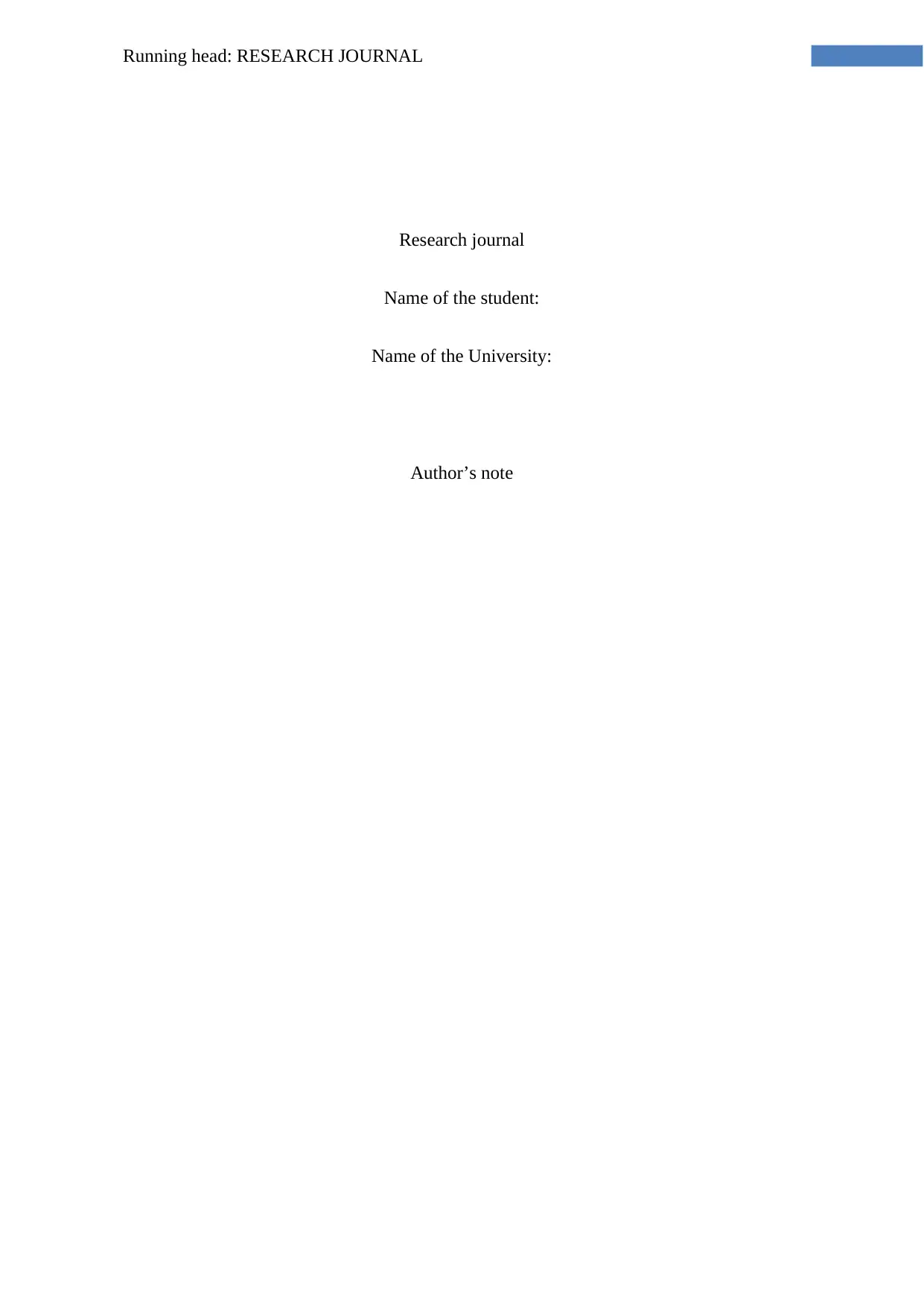
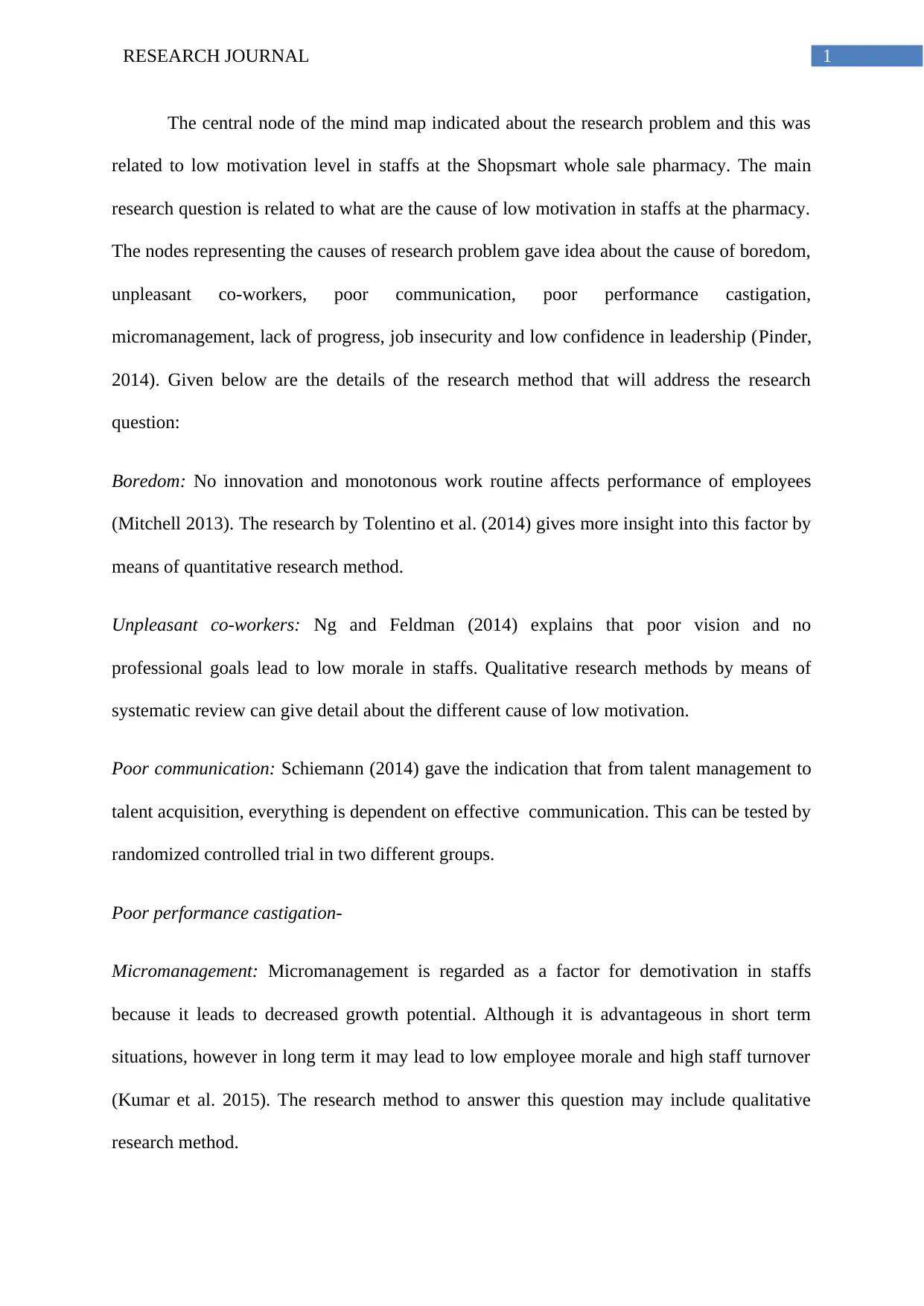
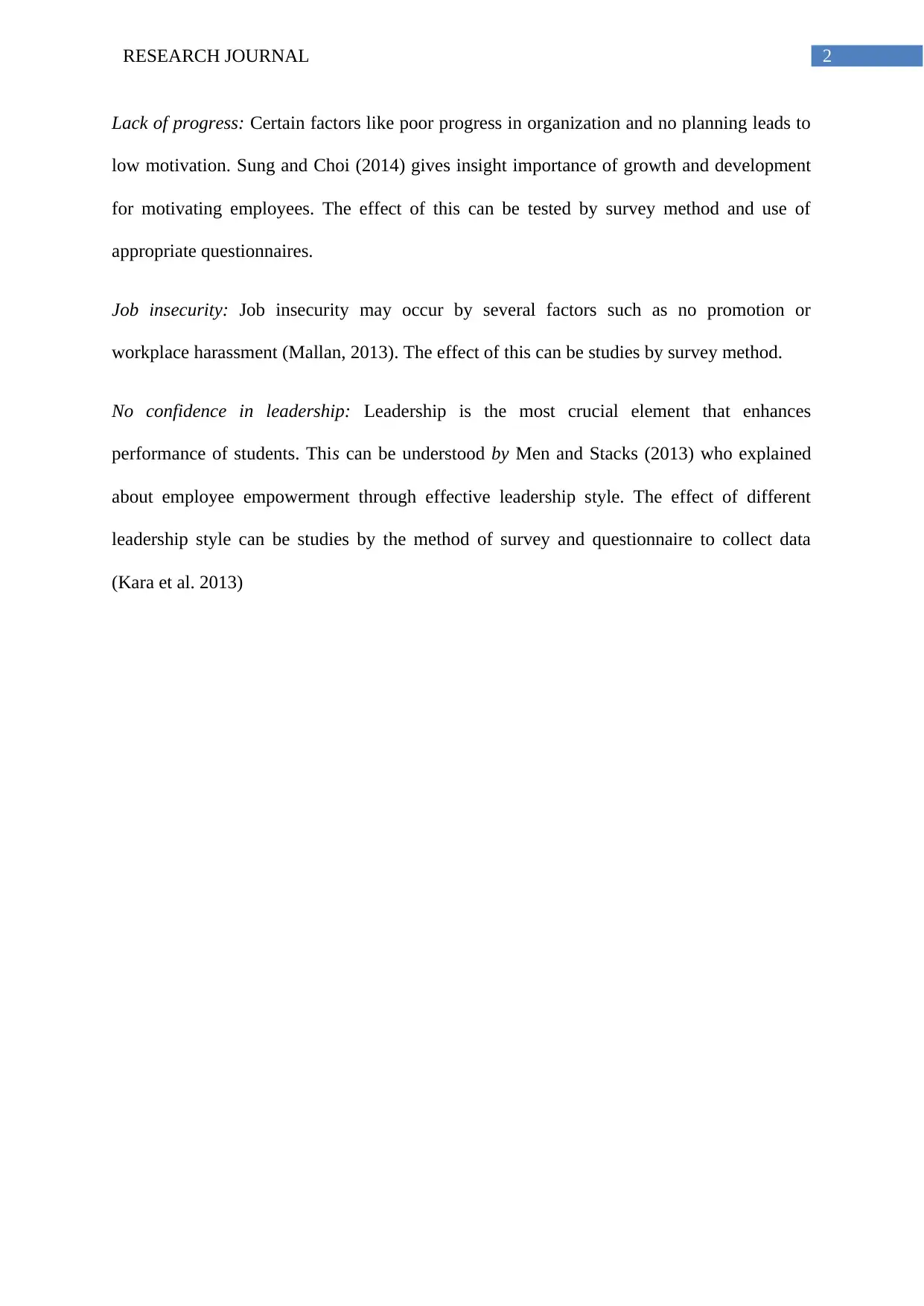

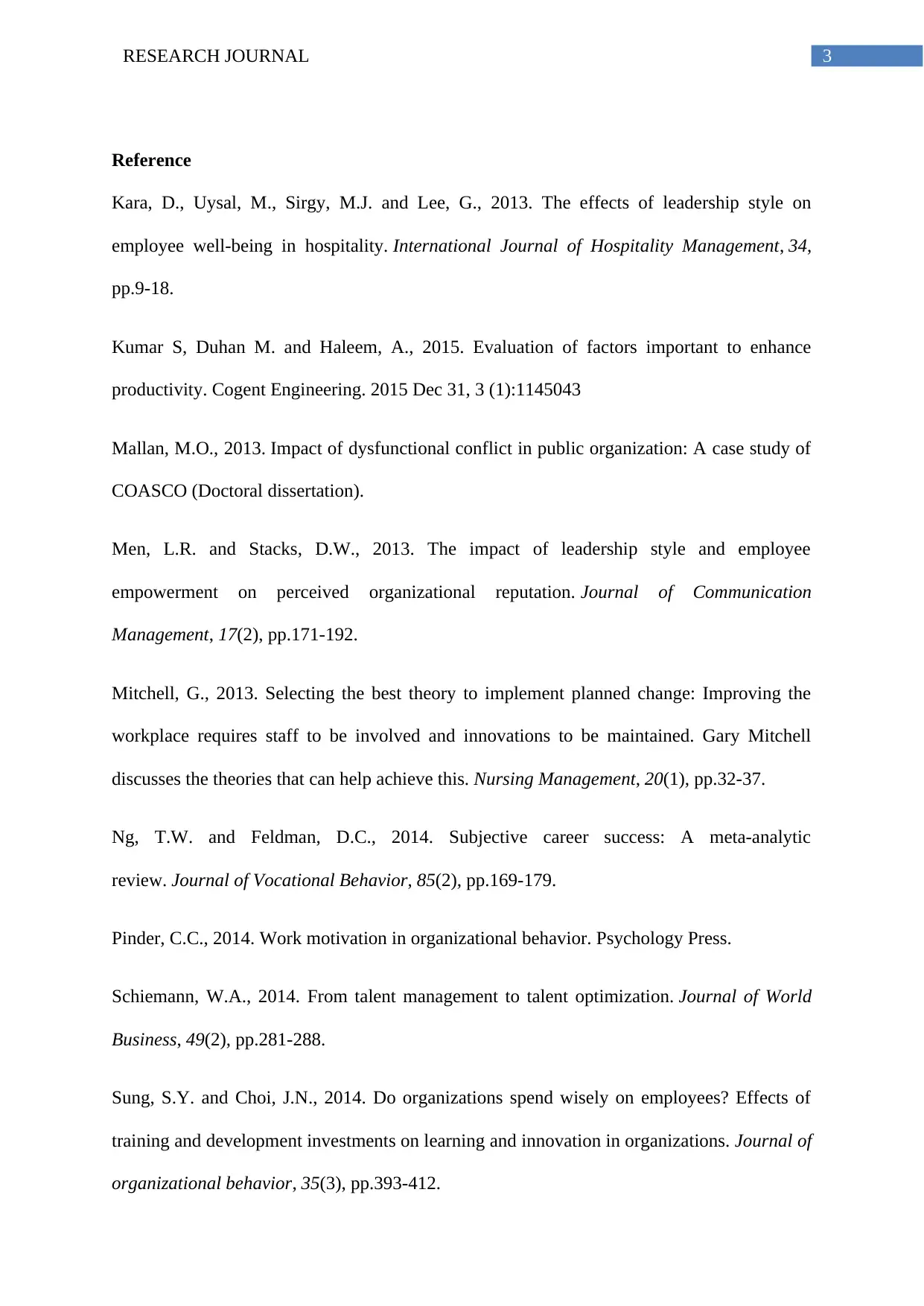
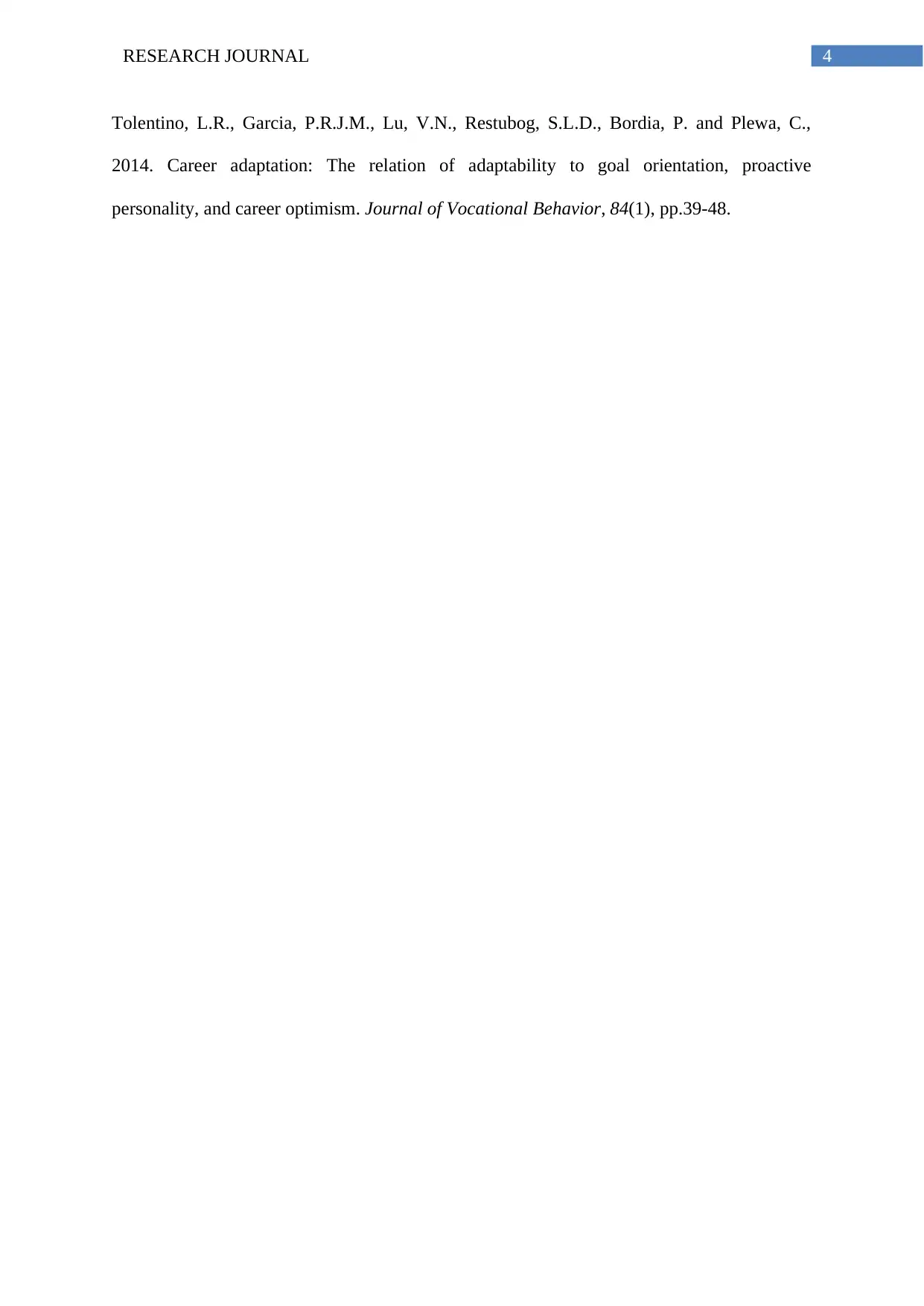

![[object Object]](/_next/static/media/star-bottom.7253800d.svg)